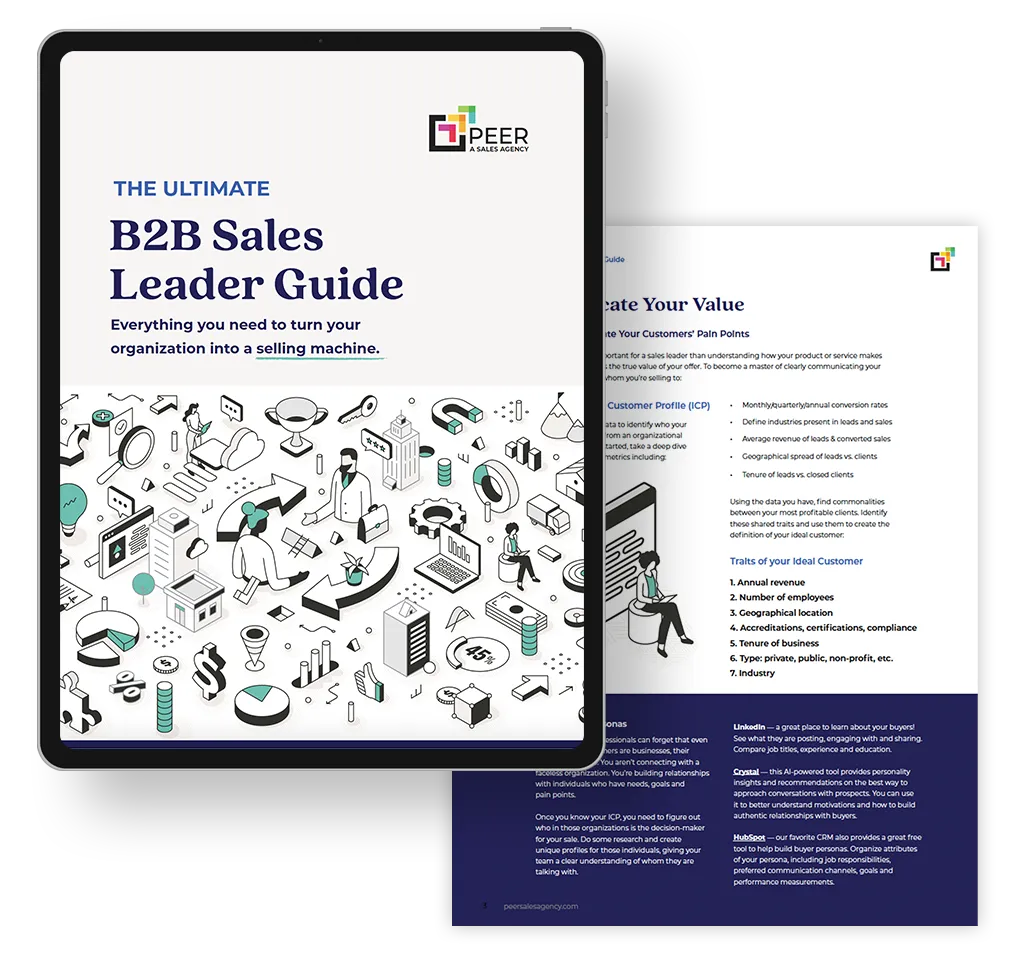The core of any B2B business’s success is converting sales leads — but many businesses fail because they lack an effective way to generate qualified leads in the first place. To put it simply, without leads, you’ll get left behind.
We often see companies implementing the same lead generation strategy for years, failing to notice that it no longer works. To be successful in today’s competitive markets, you need to continuously improve your strategy and processes.
Feel easier said than done? We’ll show you how to take your lead generation strategy to a new level — and how to keep it fresh as your B2B operation evolves.
Companies that excel at lead nurturing generate 50% more sales-ready leads at 33% lower cost than those that don’t.
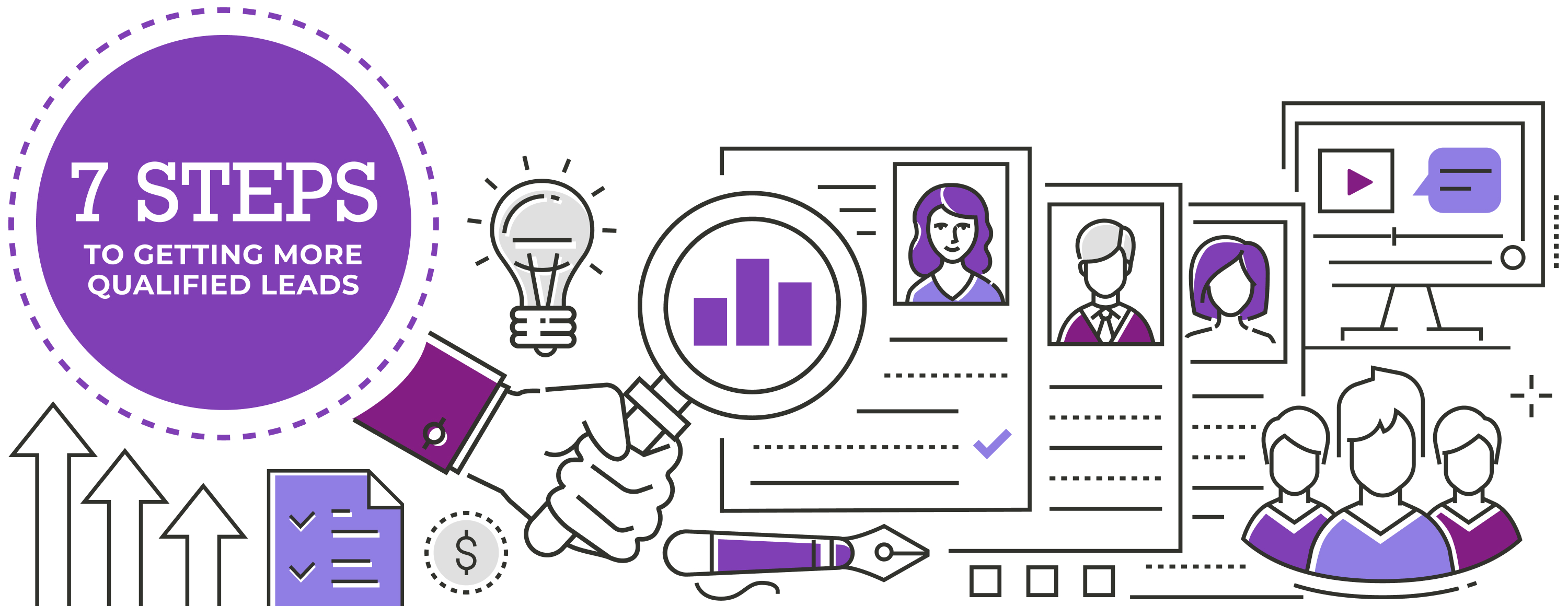
Seven steps to getting more qualified leads
If you want to gain a competitive edge, you’ll need to learn to get qualified leads through your sales funnel. Here are seven simple steps marketers can follow to be more effective:
1. Understand what counts as a qualified lead
The most essential part of marketing is knowing your target audience. You need to completely understand your customer if you are going to identify which leads are worth pursuing. After all, why waste time going after prospects who aren’t likely to ever make a purchase?
To better understand your customers, start by building buyer personas.
Buyer personas are in-depth profiles of your customers and help you create more targeted content and marketing strategies to attract the right audience.
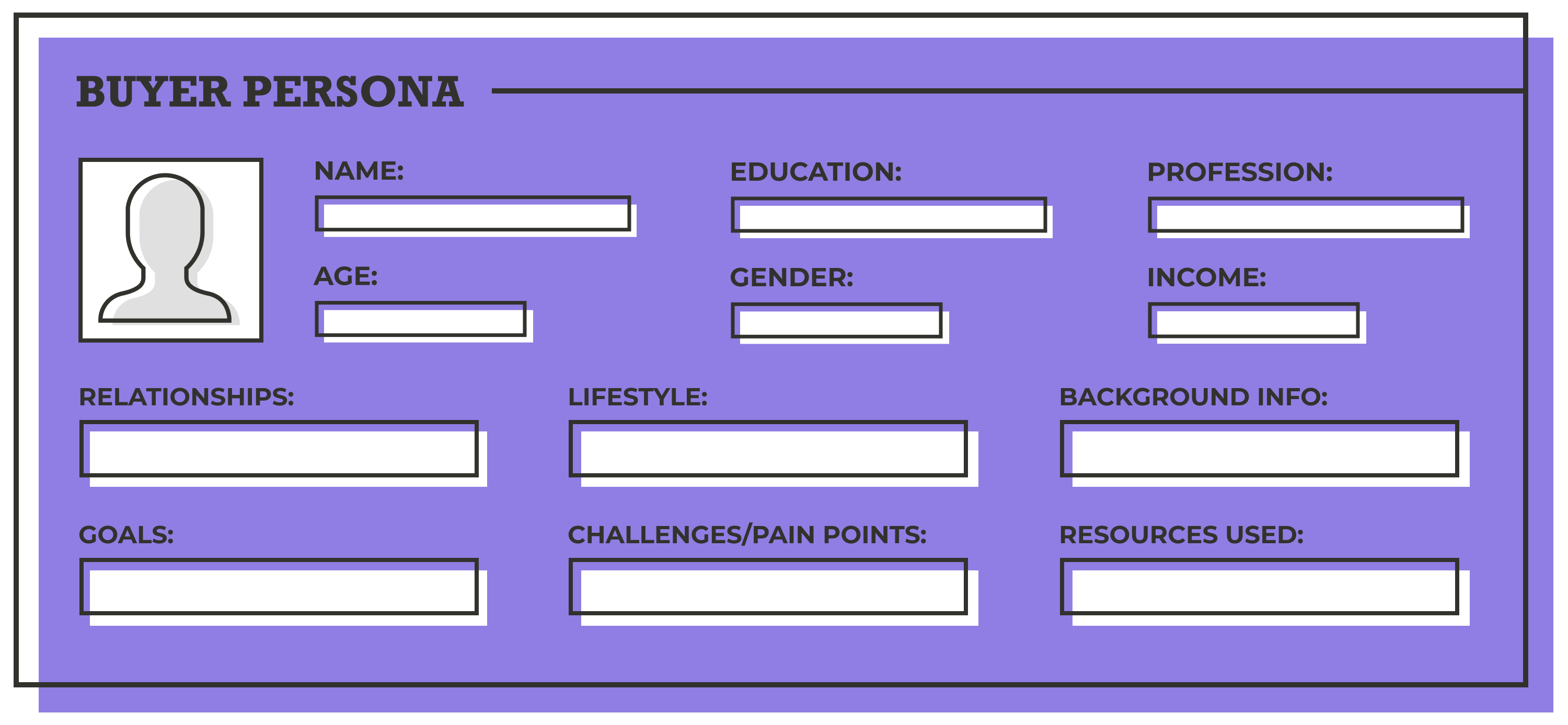
What to Include in a buyer persona
- Name
- Age
- Gender
- Education
- Profession
- Income
- Relationships
- Lifestyle
- Background information both professional and personal
- Goals
- Challenges / Pain Points
- Resources they use for information
Then take it a step further and create an Ideal Customer Profile (ICP). If a lead fits the demographic criteria you’ve established for your ICP, they’re a qualified lead. The more information you can gather about your best customers — by analyzing sales data and examining the characteristics of your current customer base, the more you will understand what an ideal lead looks like and you can focus time on those most likely to convert.
2. Determine what your qualified leads need
What is their intent when they reach your site? Are they looking to purchase your product, or are they still in the learning stage, researching products and competitors? What are their pain points?
When you know your leads’ common pain points, you can better connect with your audience and use emotion to build the stakes and urgency.
You can use keyword research to discover what topics leads are interested in. Once you truly understand what your qualified leads need, you can create content that presents your product or service as the solution.
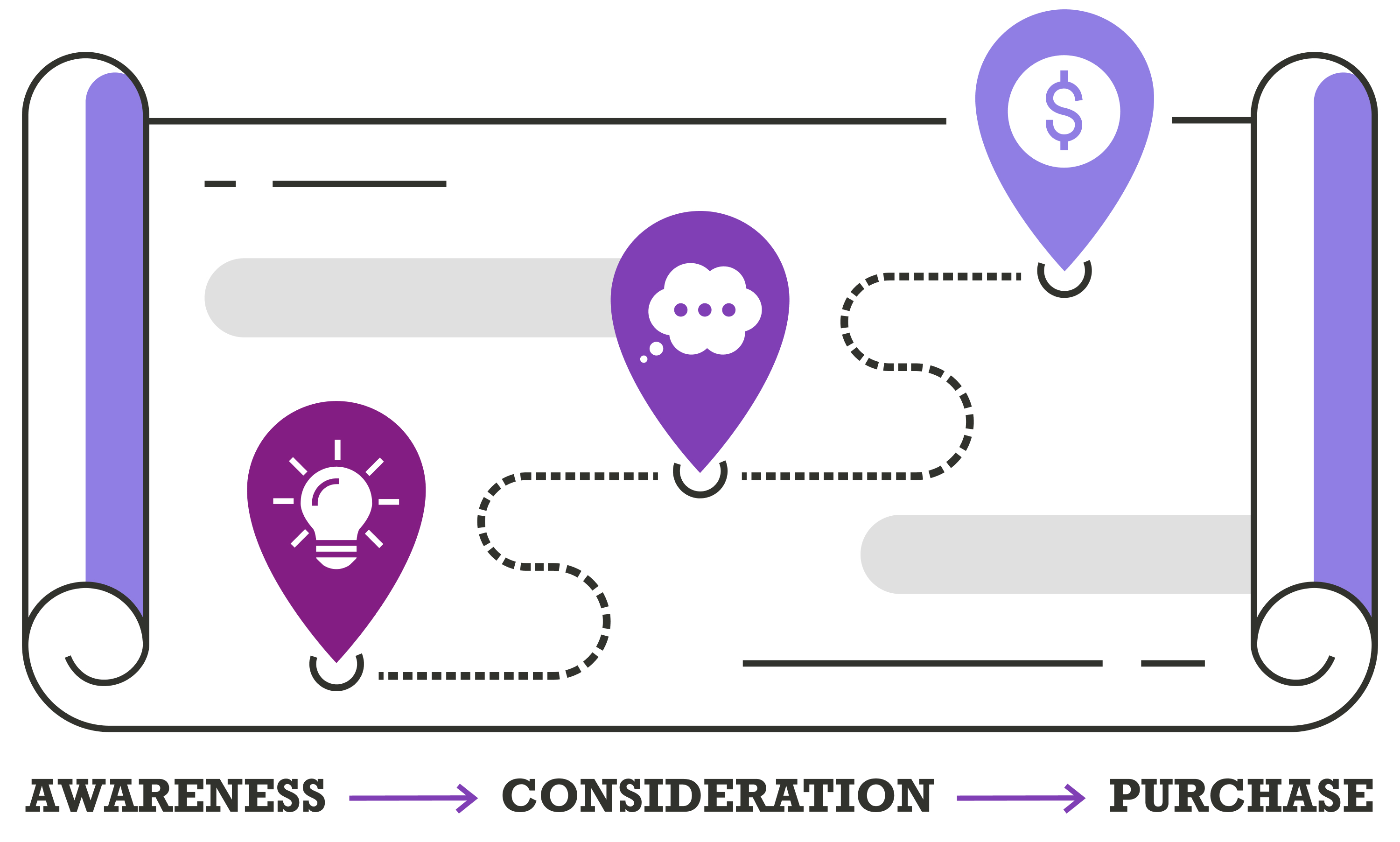
3. Create content that attracts them
Not all content is created equal. Content that targets customers during a specific stage of the buying process will be much more effective. There are three stages of the buying process:
- Awareness
- Consideration
- Purchase
The content that you create for each stage of the buying process should help push them through the sales funnel to the next stage.
- Content in the awareness stage should be long-form and about a general topic. These topics should be associated with a pain your customer has and provide various solutions and information that helps them down the path of solving the problem. An example might be “Top 5 causes of water damage”.
- During the consideration phase, content can be more detailed. Your audience is now able to put a name to their problem and is looking for more specific solutions related to that problem. For instance, now they may have identified that a bad roof is the cause of their water damage and are looking at a blog on “What to consider when replacing your shingles” or “How to choose the best contractor to replace your roof.”
- The purchase phase is when the consumer has decided they will buy the product/service, but they aren’t sure which company they want to go with. Product/company reviews & comparisons are a great way to engage customers. During this phase, a possible topic could be “Contractor A vs Contractor B” or “Contractor A reviews.”
4. Target specific audience traits with the right platforms
Designing content tailored to the buying process is only half the battle. The other half is reaching your customers during each phase of the process. Social media and PPC are highly effective platforms for targeting very specific audience traits that match your Ideal Customer Profile and serving up the relevant content you’ve created.
Here are the best places to promote content at various stages of the funnel:
- Top of Funnel (TOF) – Social, PPC
- Middle of Funnel (MOF) – Email, Retargeting, PPC
- Bottom of Funnel (BOF) – Email, Social, PPC

5. Automate your marketing and sales qualification process
Automating your sales qualification process can improve your lead generation and conversions while taking something off your plate so you can focus on other initiatives. Some helpful ways to automate your process include:
Lead Scoring
Lead scoring is a valuable tool in your qualification process. Leading scoring evaluates the sales-readiness of a lead by scoring attributes such as:
- Demographic/firmographic information
- Online behavior
- Engagement
The higher the score, the more nurtured the lead is. Once a lead reaches a specific score, sales pursues the lead.
Segmentation
Segmenting your audiences is another easy way to automate the qualification process. Companies want to replicate their best customers. An effective way to do this is by segmenting your audience based on their preferences.
For example, if you own a pet store, you wouldn’t want to send dog and cat owners the same message. By segmenting your audience based on pet preferences, you could send more personalized content to your audiences — increasing engagement and conversions.
Many of our clients use Hubspot, which makes it easy to automate your marketing and sales qualification process through their award-winning CRM platform.
6. Nurture your leads
Marketers need to nurture leads in order to turn them into sales. Lead nurturing is the process of creating relationships with prospects at every stage of the sales funnel. The goal of nurturing leads is to build trust and develop a relationship with the customer, so they convert and come back for repeat business.
Most sales stats will tell you that it takes an average of eight touchpoints to engage a prospect, but it can help to take the idea of lead nurturing a step further by thinking of the exchange as a careful balance of deposits and withdrawals.
- You make a deposit when you give your audience something for nothing, whether it’s a piece of content, a link to a relevant article, or a special offer.
- A withdrawal occurs when you ask something of your audience — a request for a call, to view a demo, or to make a purchase.
The deposits you make accumulate and build goodwill with your audience, helping them to feel like they’ve gotten a lot of value from you and making them more willing to make a withdrawal.
Lead nurturing is a vital part of converting leads. In fact, companies that excel at lead nurturing generate 50% more sales-ready leads at 33% lower cost than those that don’t. Nurtured leads make 47% larger purchases than leads that weren’t nurtured.
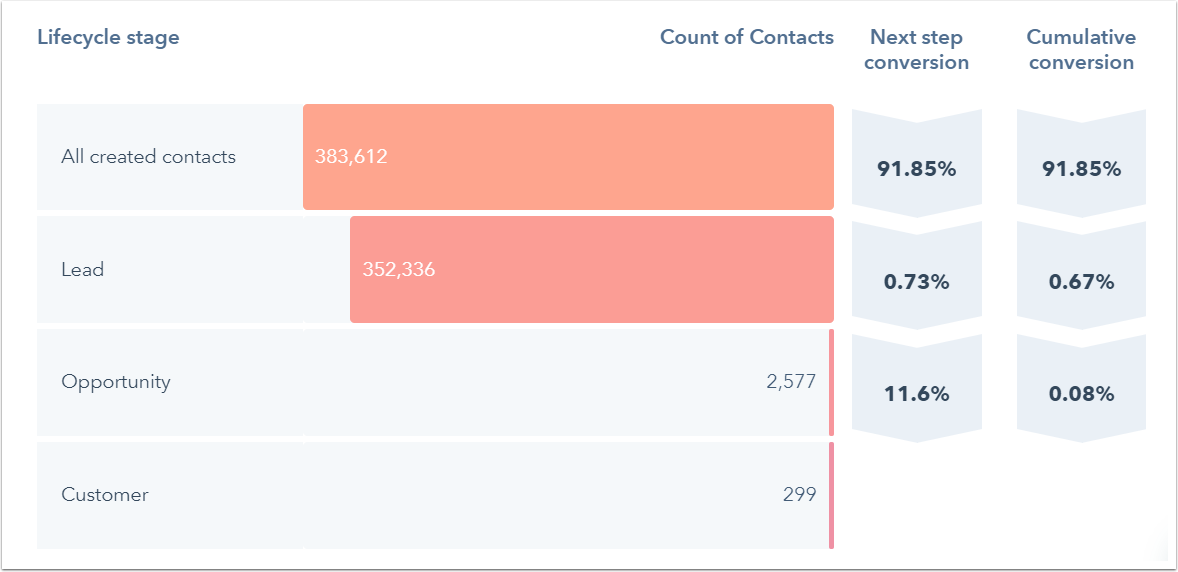
7. Monitor key performance indicators
There isn’t a one-size-fits-all strategy to convert leads into sales. Odds are, you won’t get it completely right the first time. It is best to analyze the success of your marketing efforts to find out what’s working and what’s not.
Instead of wasting time monitoring impactless metrics, focus on improving your key performance indicators.
Key performance indicators you should monitor
- Conversion Rate: The percentage of leads converting during your campaign. Calculating conversion rate shows the effectiveness of your marketing efforts.
- Funnel Leakage: Tells you where leads are leaking out of the sales funnel and the rate they are dropping. You can track funnel leakage by analyzing conversion rates at every step of the funnel.
- Lead and Behavior Scoring: Involves identifying sales-ready behaviors and giving them point values. Sales is notified once a lead’s behavior score reaches a specific value showing that they are moving through the funnel.
The bottom line: If you want your B2B company to stay competitive, you not only need an effective lead generation strategy — you also need to continually strengthen it by analyzing metrics, segmenting your audiences, and continuously creating content tailored to their needs.
Sound daunting? It isn’t with the right support. Contact one of our experts to find out how you can generate qualified sales leads for your B2B business.


